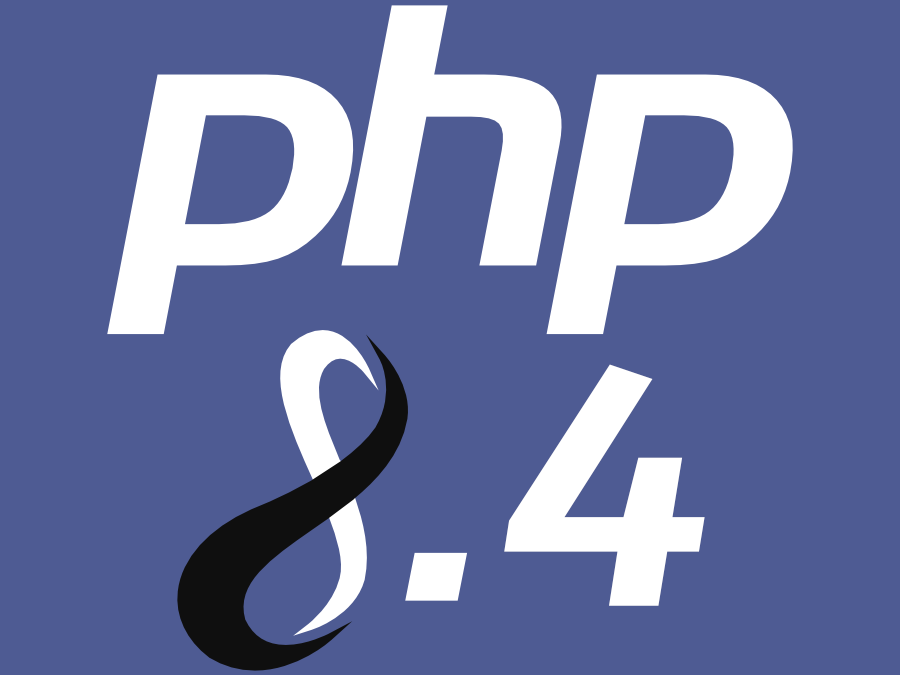

Weight Watchers has deployed Facebook’s Workplace enterprise social network with the aim of connecting its 18,000-strong global workforce. And the rollout, which began in January, is already considered a success.
The network already has a 50% active use rate among staff, said Stacie Sherer, senior vice president for corporate communications, with 93% of staff activating accounts within weeks of launch.
Founded in New York City in 1963, Weight Watchers now has a presence in 30 countries. The vast majority of its employees – around 90% – are ‘frontline’ workers not tied to a desk; they rely predominantly on smartphones for internal communications.
Following the arrival of new CEO Mindy Grossman last year, the company sought to connect its international teams more effectively. Although Weight Watchers has its biggest presence in the U.S., it also operates in Canada, UK and other parts of Europe, Australia and Brazil. The company had been “very geographically siloed” in the past said Sherer, who joined Weight Watchers after Grossman’s arrival.
“One of the big questions or challenges [we had] was how do we bring everyone together?” Sherersaid. “How do we break down the silos between our different geographies, and how do we break down the silos between our corporate head offices and all of the folks who are out in the field, who may only work a few hours a week but want to feel part of something bigger?”
Raul Castañón-Martínez, a senior analyst at 451 Research, called the Weight Watchers deployment an “important win” for Workplace due to its size and scope.
“First of all, the number of employees points to the fact that Workplace is gaining ground with large, global enterprises, validating its positioning as an enterprise collaboration tool and as a serious contender and challenger to long-established incumbents in the industry,” he said.
In addition, as a well-known brand, Weight Watchers represents an important proof of concept for Workplace, which aims to target 100% of the workforce. “This includes deskless workers which until recently were not typically factored in when IT decision-makers evaluated collaboration and productivity tools,” Castañón-Martínez said.
Facebook unveiled Workplace in 2016 and has been building its customer base since then in an effort to get a foothold in the enterprise market. Its list of users includes global firms like Virgin Atlantic, among others.
Workplace allows collaboration for 774 groups
The application, which recently added 50 new app integrations, now supports 774 groups within Weight Watchers. Three-quarters of them are team- and project-based groups collaborating on various tasks, such as a specific project oriented around a campaign or product launch.
“That is the bulk of the groups that we have on Workplace currently,” said Sherer. “The most active groups we have right now are our UK coaches. They are using it as their community to share ideas and content and to share best practices with each other.”
There are also shared interest groups for runners or pet owners, which help staff connect on a more personal level – an area Workplace has an advantage over other enterprise social networks and chat platforms, she said.
“One respondent said that, ‘I feel like I work down the corridor [from] colleagues in other countries – I feel like I know them so well because of the connections they make on here.’ That is unique to Workplace versus some other platforms,” Sherer said.
“Because you can craft your own profile and there are groups around personal interests in addition to all the groups focused on work collaboration and communication, you get to know your colleagues in a way that you wouldn’t otherwise.”
An end to email frustrations?
Another advantage of Workplace has been the reduction of sprawling email chains between numerous employees. “The accumulation of emails is frustrating, so it is nice in Workplace to start a conversation. You can share a video or an image or a link to something and then people can comment on it,” said Sherer.
“You can tag others and it is a much more elegant way to have a conversation, versus the email conversations that we were having a lot of times.”
There is also the potential to share video recordings of meetings. “If you missed a meeting, sharing the recording [means that] rather than having to recap the meeting for someone, they could just go in there and watch it and get caught up.”
Weight Watchers uses Zoom video conferencing software, which integrates with Workplace.
“We use Zoom … to just bridge geographies and give people the opportunity to meet and connect face to face without actually having to be in the same room,” said Sherer.
Workplace also integrates with Google Drive for “document repository purposes.”
Sherer said Workplace is the first globally-deployed collaboration and communications tool at Weight Watchers, though Slack is used by some staffers in IT departments.
“Our product and technology teams do use Slack and Jira for their collaboration on products and technology builds and projects, but that was only one part of the organization,” she said. “So there wasn’t anything that was truly global and truly included all of our employees before we launched Workplace.”
There are no plans to replace Slack for the company’s tech teams, however. “The feedback I hear from our product and tech teams is that for those quick messages with integrations into Jira and Confluence, [Slack] still works better. But for everything else that we are doing Workplace is really where that gets done.”
Weight Watchers’ future plans
Going forward, Weight Watchers envisions Workplace as an emergency response planning tool, allowing it to rapidly contact and communicate with thousands of staffers.
As an example, Sherer said, Weight Watchers tried to stay in contact with people via text messaging when hurricanes affected the U.S. last summer. That can now be done more effectively using Workplace and Workplace Chat.
“We had a field management team calling and texting and emailing all of these employees to figure out if they were okay, if they were impacted in any ways, if our retail locations were impacted,” she said.
“So, the opportunity to quickly get to people in a chat message and automate some of that and then quickly get to the people who need help or the people who are in trouble – that is something that we are interested in and we are exploring some opportunitiesto integrate on.”
Though the 50% activate rate Weight Watchers has already seen is impressive, Castañón-Martínez noted that equating the success of a deployment to such metrics can risk “oversimplifying” the effectiveness of collaboration tools.
“It is also important to look at how the application will impact employees’ productivity, though this is very difficult to measure and correlate to the use of software applications,” he said.
“However, it is fair to say that the uptake and use of Workplace tends to be significantly higher than other similar tools; and very likely this indicates that employees find value in using Workplace to get their work done and interact with their co-workers,” Castañón-Martínez said.
This story, “Weight Watchers turns to Facebook’s Workplace to connect 18,000 workers” was originally published by Computerworld
.



